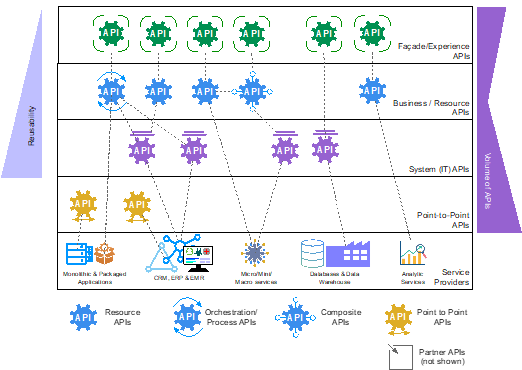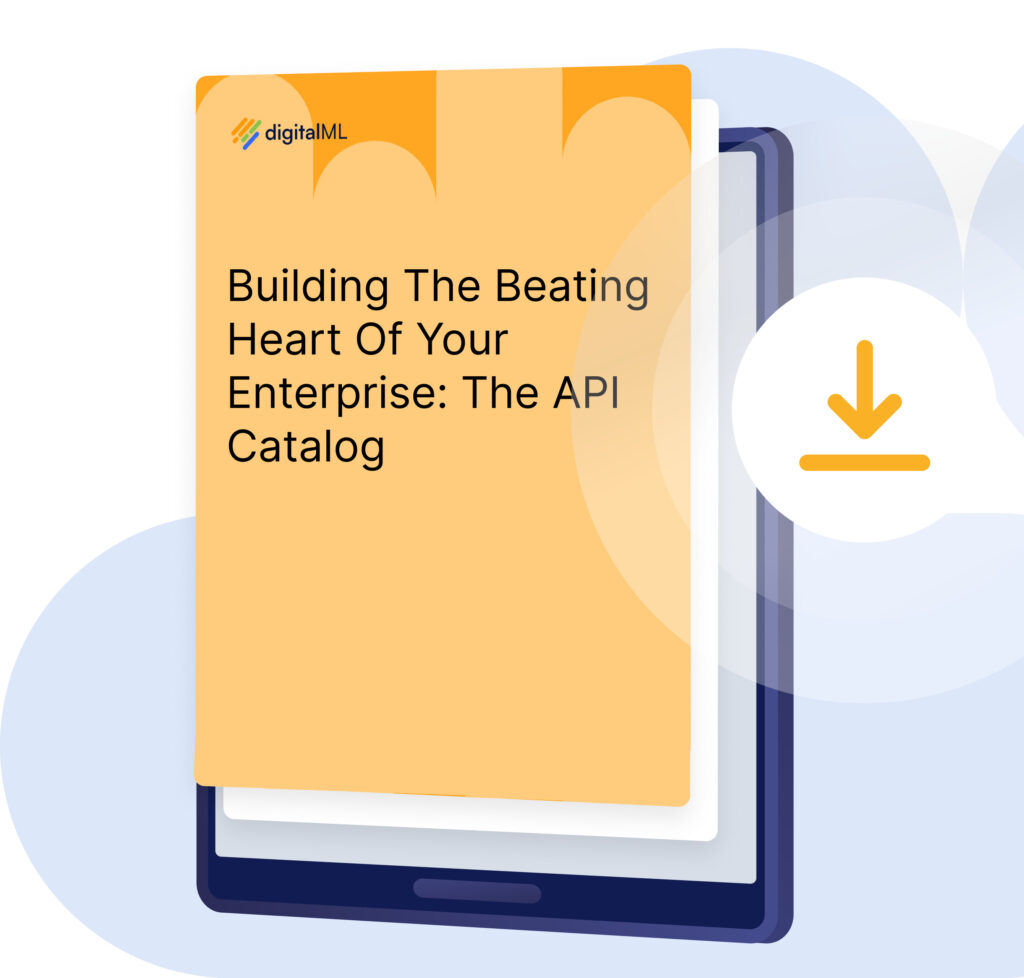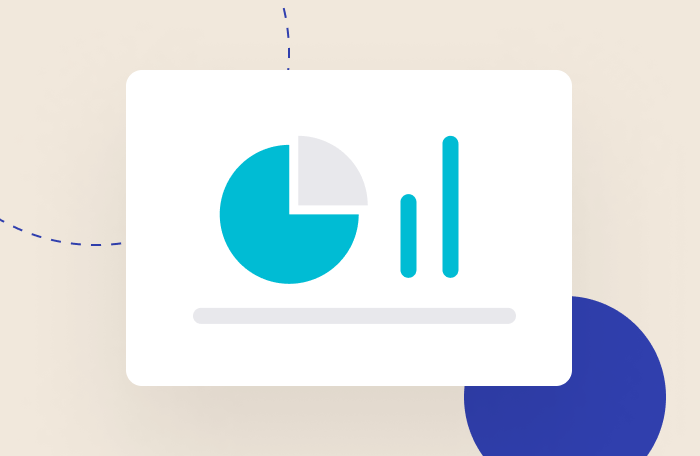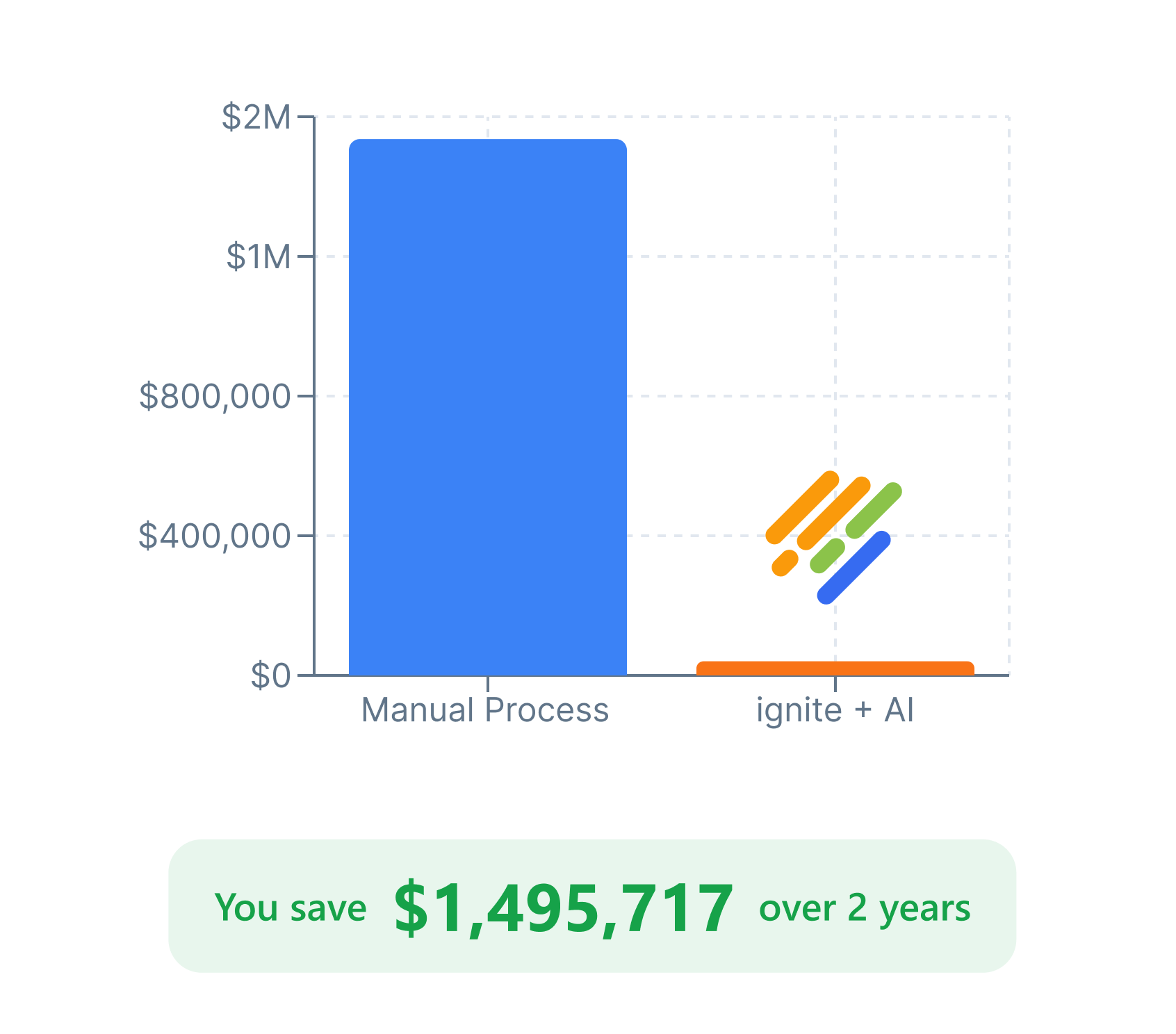Why API Reusability Matters Now: Cutting Costs, Speeding Up Digital Strategy, and Embracing AI
Key Takeaways
API reusability is more important than ever for enterprises. In the first post of his new guest series, seasoned technology leader Karl Fankhauser examines why achieving a library of reusable APIs is critical today, from cost savings and affordability drivers to preparing for AI enablement.
Reusable APIs, affordability and the emergence of agentic AI
Discussion about API reusability is nothing new – so why bring it up again? Drivers such as affordability and speed-to-market already exist, and now companies face the need to embrace AI to remain competitive. Unless your digital strategy consists solely of using “digital” to automate internal processes, you will want to expose partner and/or public APIs. The need to establish and implement digital strategies more rapidly, at lower cost, and the emergence of new technologies such as Agentic AI lead us to review this topic again and discuss how organizations can achieve a library of reusable APIs.
Organizations each have differing approaches to how their APIs are developed. Some may have a very planned and prescriptive approach, or compliance, and industry standards may force adoption of a collection of APIs that are reused by design. Others may take an approach of expediency first, developing many point-to-point APIs that have little reuse. In almost all cases organizations will have Façade or Experience APIs which will have little reuse – which makes sense given their use.
The cost savings of API reusability
Spending time to design or identify the reusable APIs, particularly at the System or Business layer of APIs allows developers, and eventually agents to combine APIs into orchestrations or compositions. Transformation of a vendor provided proprietary API into something that aligns to standards or just to the semantics used within the organization can increase the interoperability with partners while also lowering development costs by eliminating some of the time spent explaining meaning and requirements to developers. The mechanics of discovery are simplified by presenting a curated API portal to developers. A controlled set of reusable APIs also controls the costs to remediate and test many redundant APIs – particularly in the case of point-to-point APIs can also be extraordinary.

An example in the healthcare sector
The U.S. Department of Health and Human Services (HHS) estimates that the cost to the healthcare industry in migrating from ICD-9 to ICD-10 was around $1.64 billion. While part of this cost was in mapping the ICD-9 codes to the new ICD-10 codes, a significant proportion of this cost was in changes to all the APIs that carried this code. Keep in mind this was only a change of one alphanumeric field in these APIs. Implementation costs and retesting was in the tens of millions at many organizations due to the sheer volume of repetitive point-to-point integrations.
Additional benefits of reusing APIs
An API strategy that includes guidelines on reusability also helps control the consistency of the underlying business capabilities exposed by the API. Consider, for example, the case of a large box store that had implemented two APIs for retrieving item price at checkout. Unfortunately, they did not return the same answer and, depending on which registers customers went to they could get a higher or lower price. Note, this wasn’t the discounted price for “pro” purchases either. This lack of consistency led to customer dissatisfaction in addition to the loss of revenue. In some cases, this could potentially lead to legal or regulatory issues as well.
API version upgrades, continuous massaging of documentation of the API also lead to higher clarity of the semantics and use of APIs. A point-to-point API might use syntax that makes sense to a group of project implementers but lead to confusion across a larger audience within the organization that becomes even more murky when exposed externally.
API reusability aids better API security
Security is another reason to control the number of APIs and drive users towards a smaller curated set of reusable APIs rather than allowing limitless point-to-point APIs. While APIs offer access to your organization’s services and capabilities they also represent an attack vector for malicious characters. One of the advantages of reusable APIs is you can focus your security updates on this smaller collection of APIs. Unfortunately, we see that many single use APIs do not always get the security attention they require and become weak spots in the organization. Keeping your API collection to a minimum helps ensure that the highest security is uniformly applied.
Enabling API reuse for developers and AI agents
If the benefits of adopting reusable APIs seems attractive you may be wondering how you implement this approach. Obviously, one approach, would be to map your business capabilities to a defined set of reusable APIs, implement these APIs and migrate all the existing consumers and façades to consume these new APIs. You might decide to implement these APIs following some industry standard (e.g. FHIR for healthcare). While direct this approach is probably not the most desirable for most organizations. Fortunately, there are several other options to pursue. Design and refactor of APIs is something that compliance, regulatory and industry standards may drive.
Identify and promote existing APIs in the right way
One approach is to identify the “best” existing APIs and promote those as the reusable APIs that you want consumers to adopt. “Best” can be any combination of analyzing existing APIs for completeness, alignment to standards, existing utilization or user ratings. If highly rated, highly utilized APIs exist these should be identified and promoted for additional users. After identifying these APIs iterate on their quality and the consistency and clarity of their specifications.
Identification and promotion are also key factors. APIs may be individually identified as “Gold Standard” or “reusable” APIs or they may be organized into Product or Product Groups assuming your API catalog supports these constructs. API Managers may want to consider the creation of a product group “Agentic API” to specifically identify APIs that AI agents should search and leverage.
Consumer enablement for reusing APIs
The other side of the migration equation, the consumers, must also be considered. As consumers need changes to their existing point-to-point APIs they should instead be pointed to the reusable APIs. Missing requirements these consumers may need can be incorporated into the reusable API making it more rich and complete. This approach avoids investment costs of a one-off migration and offsets the migration cost of the consumer by the cost of the upgrades to their point-to-point API plus the savings on future maintenance, operations and infrastructure of the point-to-point API. Note, if the consumer never needs a change to their point-to-point API they may never migrate and this may be the most cost-effective approach.
These attributes of discoverability and identification of APIs as reusable, clarity through common syntax and semantics, consistency also start to create a list of requirements for APIs an AI agent can effectively use. Additionally, providing information to agents on the navigation through orchestration and relationship between APIs is crucial. We will investigate this further in the next issue.
A note from the digitalML team
We’re thrilled to welcome seasoned technology leader, Karl Fankhauser, as a special guest contributor to our blog. Keep an eye out for upcoming posts in his API reusability series where he’ll delve deeper into how to actually enable API reuse in your enterprise, the enterprise benefits you can expect, and key considerations for the wider API ecosystem.

Power your own API reuse strategy today
Learn how it can help your enterprise accelerate digital transformation




